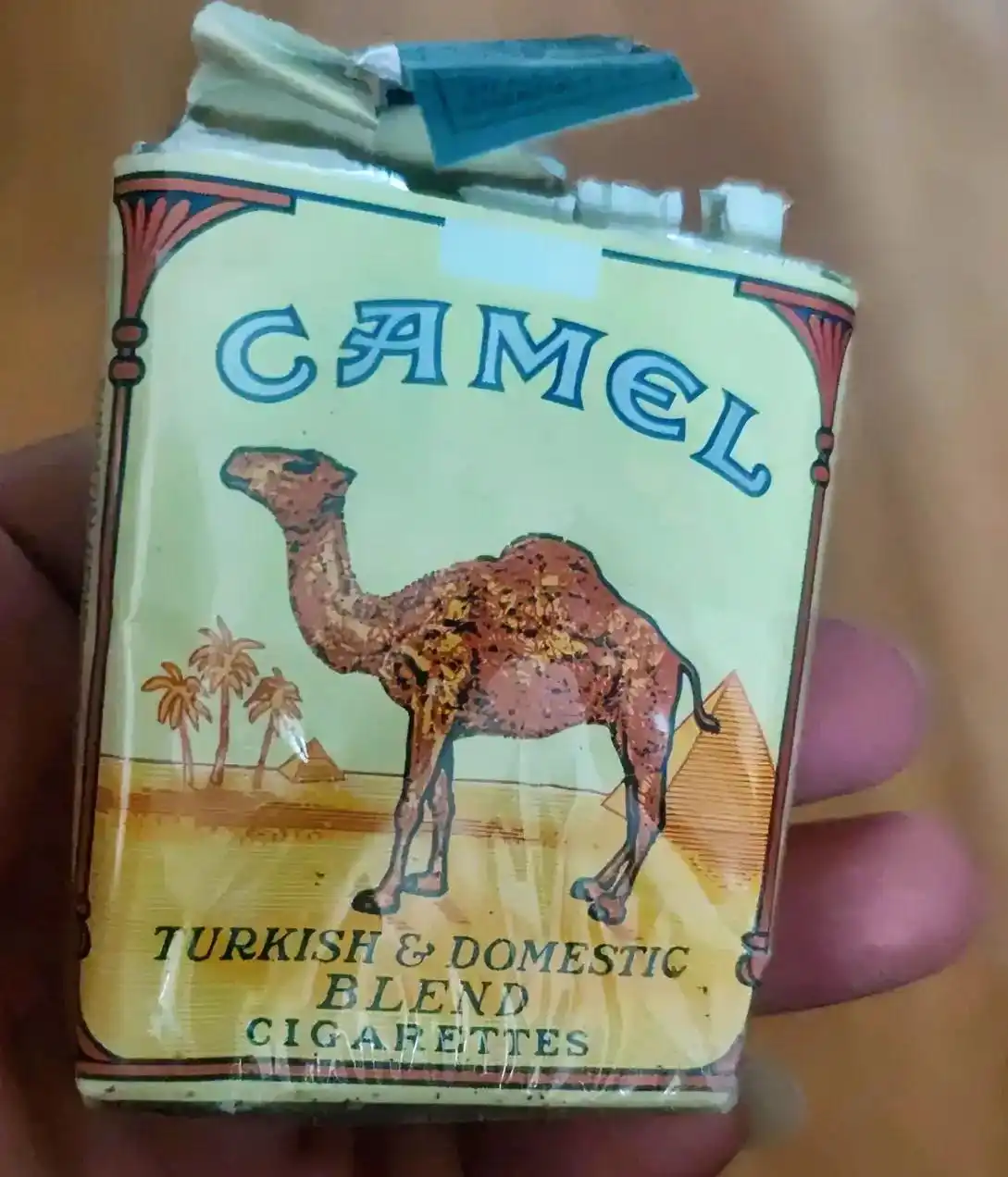For many, the morning ritual involves a glance in the mirror, often followed by a sigh at the sight of a shiny, greasy complexion. That persistent oiliness, which seems to reappear just hours after washing, is a common skincare woe. We meticulously choose oil-free moisturizers, gentle cleansers, and non-comedogenic sunscreens, yet sometimes, the root of the problem extends beyond our skincare cabinet. One significant, yet frequently overlooked, factor that can profoundly disrupt the skin's natural balance is tobacco use. While the link between smoking and lung cancer or heart disease is well-known, its impact on our body's largest organ—the skin—is equally dramatic and insidious. The connection isn't merely superficial; it's a complex biological interference that can prolong the duration of abnormal sebum secretion, turning a temporary imbalance into a chronic condition.
Our skin is a marvel of natural engineering, equipped with tiny factories called sebaceous glands. These glands produce sebum, an oily, waxy substance that is essential for skin health. Sebum forms a protective barrier known the acid mantle, which helps to lock in moisture and shield the skin from harmful environmental aggressors like bacteria, fungi, and pollutants. In optimal conditions, sebum production is a finely tuned process, maintaining the skin's hydration and integrity. However, when this system is thrown off balance, problems arise. Overproduction of sebum leads to that familiar greasy feel, clogged pores, and can create an ideal environment for the acne-causing bacteria, Cutibacterium acnes, to thrive. This imbalance is what we refer to as abnormal sebum secretion, a primary driver of acne vulgaris and other sebum-related skin concerns.
So, how does a habit like smoking interfere with this delicate system? The answer lies in the complex chemical cocktail present in cigarette smoke and its systemic effects on the body. When you inhale tobacco smoke, you're introducing thousands of harmful compounds, including nicotine, carbon monoxide, and tar, directly into your bloodstream. This triggers a cascade of physiological responses that directly target the skin's health and function. The skin isn't just a passive barrier; it's a living, breathing organ that is highly susceptible to internal imbalances and external toxins. The mechanisms through which tobacco prolongs dysfunctional sebum production are multifaceted, involving hormonal disruption, oxidative stress, and impaired skin barrier function.
One of the most direct ways tobacco influences sebum is through the endocrine system. Smoking acts as a significant stressor on the body, prompting the release of stress hormones like cortisol. Elevated cortisol levels can, in turn, stimulate the sebaceous glands to produce more sebum. Furthermore, research suggests that the components in tobacco smoke can lead to an increase in circulating androgens, the male hormones present in both men and women that are potent stimulators of sebum production. This creates a perfect storm: your body is already primed to produce more oil due to the hormonal upheaval caused by smoking. This isn't a short-term flare-up; it's a sustained hormonal shift that ensures your sebaceous glands remain in a state of overdrive, effectively prolonging the period of abnormal sebum secretion far beyond what might be typical for your age or skin type.
Beyond hormonal chaos, tobacco smoke is a powerful pro-oxidant. It floods the body with free radicals—unstable molecules that cause damage to cells through a process known as oxidative stress. Our skin has its own defense network of antioxidants to neutralize these free radicals, but the sheer volume from smoking overwhelms this system. This oxidative damage doesn't spare the sebaceous glands. It can damage the cellular machinery responsible for regulating sebum output. Moreover, oxidized sebum itself becomes thicker, stickier, and more comedogenic. This means it's not just that you have more oil; the quality of that oil is fundamentally worse. It's more likely to clog pores and create microcomedones, the precursors to blackheads and inflammatory acne. This degradation of sebum quality is a critical factor in why smokers often struggle with persistent, congested skin that doesn't respond well to standard oil-control treatments.
The health of the skin barrier is paramount in managing sebum levels. A compromised barrier loses water more easily, a condition known as transepidermal water loss. In an attempt to compensate for this dehydration, the skin may signal the sebaceous glands to produce even more oil to help seal in moisture. This creates a vicious cycle: you feel oily but your skin is actually dehydrated underneath. Smoking directly contributes to this barrier impairment. The toxins in smoke reduce blood flow to the skin's microvasculature, depriving it of essential oxygen and nutrients. It also depletes levels of vital antioxidants like Vitamin C, which is crucial for collagen production and barrier repair. A weak, undernourished skin barrier is less resilient and more prone to inflammation and dehydration, further perpetuating the signals for excessive sebum production.
The negative effects of tobacco are not limited to the smoker themselves. Secondhand smoke exposure presents a very real, though often involuntary, risk to skin health. Inhaling sidestream smoke exposes an individual to many of the same harmful compounds, leading to systemic absorption that can similarly trigger oxidative stress and inflammatory responses. For those living with a smoker or working in smoky environments, this constant, low-level exposure can be enough to disrupt their skin's sebum regulation. The resulting skin issues, such as persistent sebum overproduction and premature aging, can be a frustrating consequence of an environment they do not fully control. Addressing these concerns may require not only personal skincare adjustments but also a conversation about creating a smoke-free living space.
Recognizing that tobacco is a key player in your skin's behavior is the first step. The most impactful action for restoring balance is, unequivocally, to quit smoking or avoid secondhand smoke. Cessation allows the body to begin its remarkable healing process. Blood flow to the skin improves, antioxidant levels gradually replenish, and the hormonal system can start to re-stabilize. While the timeline varies for each individual, many people notice a significant improvement in their skin's oiliness and clarity within weeks to months of quitting. The duration of abnormal sebum secretion begins to shorten as the external trigger is removed, allowing the skin to return to its natural rhythm.
While you work on eliminating the primary cause, a supportive skincare regimen can help manage symptoms and aid recovery. The goal here is not to strip the skin aggressively, but to repair, protect, and gently normalize.
Focus on a gentle, low-pH cleanser that removes excess oil, pollution particles, and impurities without compromising the skin barrier. Harsh, sulfate-based cleansers can strip the skin, prompting a rebound overproduction of oil.
Incorporate antioxidants topically to help combat the lingering oxidative stress. Serums containing Vitamin C, Vitamin E, Niacinamide, and Ferulic Acid can help neutralize free radicals, reduce inflammation, and even help regulate sebum production. Niacinamide, in particular, is excellent for improving barrier function and minimizing the appearance of pores.
Even oily skin needs hydration. Look for lightweight, non-comedogenic moisturizers with ingredients like hyaluronic acid, ceramides, and peptides. These ingredients help to fortify the skin barrier, reduce transepidermal water loss, and signal to your skin that it doesn't need to overcompensate with oil.
Chemical exfoliants like salicylic acid and lactic acid are preferable to harsh scrubs. Salicylic acid is oil-soluble, allowing it to penetrate deep into pores to dissolve the sticky, oxidized sebum and dead skin cells that lead to clogs. Use them in moderation, 1-3 times a week, to avoid over-exfoliating.
Finally, daily sunscreen use is non-negotiable. Smoking already makes the skin more vulnerable to UV damage. A broad-spectrum, oil-free sunscreen protects the compromised skin, prevents further barrier damage, and helps avert post-inflammatory hyperpigmentation from acne lesions.
The pursuit of clear, balanced skin is a holistic endeavor. It involves what you put on your skin, but just as importantly, it involves the lifestyle choices you make. Tobacco use stands as a major, modifiable factor that directly interferes with the skin's physiological processes, leading to a prolonged state of abnormal sebum secretion. By understanding the deep-seated connection between smoking and oily, acne-prone skin, you empower yourself to address the issue at its source. Embracing a smoke-free life, supported by a mindful skincare routine, paves the way for your skin to heal, rebalance, and reveal its natural, healthy vitality.













